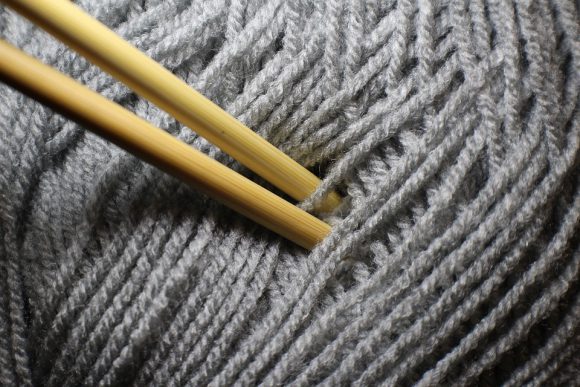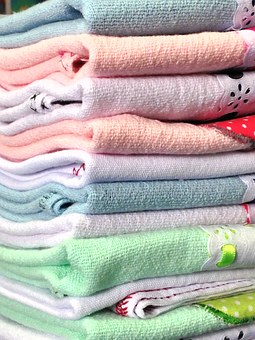 Why not knit a dishcloth and at the same time practice your cabling skills with these super simple fun projects!
Why not knit a dishcloth and at the same time practice your cabling skills with these super simple fun projects!
Knitting dishcloths is a great way to get rid of all those odds and ends of wool that you always seem to have lying around, and you can keep yourself busy while watching TV.
If you are a beginner at knitting, knitting dishcloths is a great way to practice, and it won’t matter if you have mistakes, as it will just be used as a dishcloth in the kitchen.
This pattern incorporates a twisty cable every 4 rows, resulting in a highly textured body that is completely reversible. Perfect for scrubbing your dishes or simply for displaying your knitting prowess.
Knitting Dishcloths And How To Knit A Dishcloth
Here are a couple of dishcloths you can knit up.
How To Knit A Dishcloth Pattern 1:
The Finished measurements for this dishcloth are:
7.25” wide x 7.75” high
The best Wool to use:
1 x ball CotLin (70% Tanguis Cotton, 30% Linen,123 yards/50g): Linen 23995,
Size Needles:
US 6 (4.0mm) straight or circular needles, or size to obtain gauge size below.
You will also find a Yarn Needle and a Cable Needle useful.
Gauge Size:
30 sts and 28 rows = 4” in the blocked pattern
Pattern:
This dishcloth is reversible with a textured body. The textured body allows for great scrubbing action to take place.
Cross 4 Front Purl (C4FP): Place two sts onto CN, hold to front; K2, P2 from CN.
Cross 4 Back Purl (C4BP): Place two sts onto CN, hold to back; K2, P2 from CN.
Directions:
CO 54 stitches using the Long Tail CO Method.
Set Up Rows:
Row 1: (WS): (K2, P2) 13 times, K2.
Row 2: (RS): (P2, K2) 13 times, P2.
Row 3: (K2, P2) 13 times, K2.
Body:
Row 1: (RS): C4FP 13 times, K2.
Row 2: (WS): (P2, K2) 13 times, P2.
Row 3: (K2, P2) 13 times, K2.
Row 4: (P2, K2) 13 times, P2.
Row 5: P2, C4BP 13 times.
Row 6: (K2, P2) 13 times, K2.
Row 7: (P2, K2) 13 times, P2.
Row 8: (K2, P2) 13 times, K2.
Rep Rows 1-8 five more times.
End Rows:
Row 1: C4FP 13 times, K2.
Row 2: (P2, K2) 13 times, P2.
Finishing:
BO all stitches. Weave in ends, wash and block.
Now you have learned to knit a dishcloth and perfected your cabling. If your first attempt is untidy, it doesn’t matter as it is just a scrap of cloth and you can only get better with practice.
How To Knit A Dishcloth Pattern 2:
Boysen Dishcloth
This pattern will make a dishcloth that is 7.25 inches wide by 7.75 inches high
The Best Wool To Use:
Knit Picks CotLin (70% Tanguis Cotton, 30% Linen; 123 yards/50g): Linen 23995, 1 ball
Gauge Size:
30 sts and 28 rows = 4 inches in Boysen pattern, blocked
Knit Picks CotLin (70% Tanguis Cotton, 30% Linen; 123 yards/50g): Linen 23995, 1 ball
Needles:
US 6 (4.0mm) straight or circular needles, or size to obtain gauge
A yarn needle and a cable needle will also be useful here.
This dishcloth is reversible with a great textured body.
Pattern:
Cross 4 Front Purl (C4FP): Place two sts onto CN, hold to front; K2, P2 from CN.
Cross 4 Back Purl (C4BP): Place two sts onto CN, hold to back; K2, P2 from CN.
CO 54 stitches.
Set Up Rows:
Row 1: (WS): (K2, P2) 13 times, K2.
Row 2: (RS): (P2, K2) 13 times, P2. Row 3: (K2, P2) 13 times, K2.
Body:
Row 1: (RS): C4FP 13 times, K2.
Row 2: (WS): (P2, K2) 13 times, P2.
Row 3: (K2, P2) 13 times, K2.
Row 4: (P2, K2) 13 times, P2.
Row 5: P2, C4BP 13 times.
Row 6: (K2, P2) 13 times, K2.
Row 7: (P2, K2) 13 times, P2.
Row 8: (K2, P2) 13 times, K2.
Rep Rows 1-8 five more times.
End Rows:
Row 1: C4FP 13 times, K2.
Row 2: (P2, K2) 13 times, P2.
Finishing
BO all stitches. Weave in ends, wash and block.
These blocking mats are a great buy for knitters, as you can assemble them to the size that you desire and block your work with ease.
They are made with thick and dense foam and you can stick your pins into it with ease to hold your work in place.
They are also heat and steam resistant so you can iron or steam your knitting into shape.
You can click on the picture to find out more. This is an affiliate link.
Now you can move on and try knitting a cushion.
Happy Knitting!

